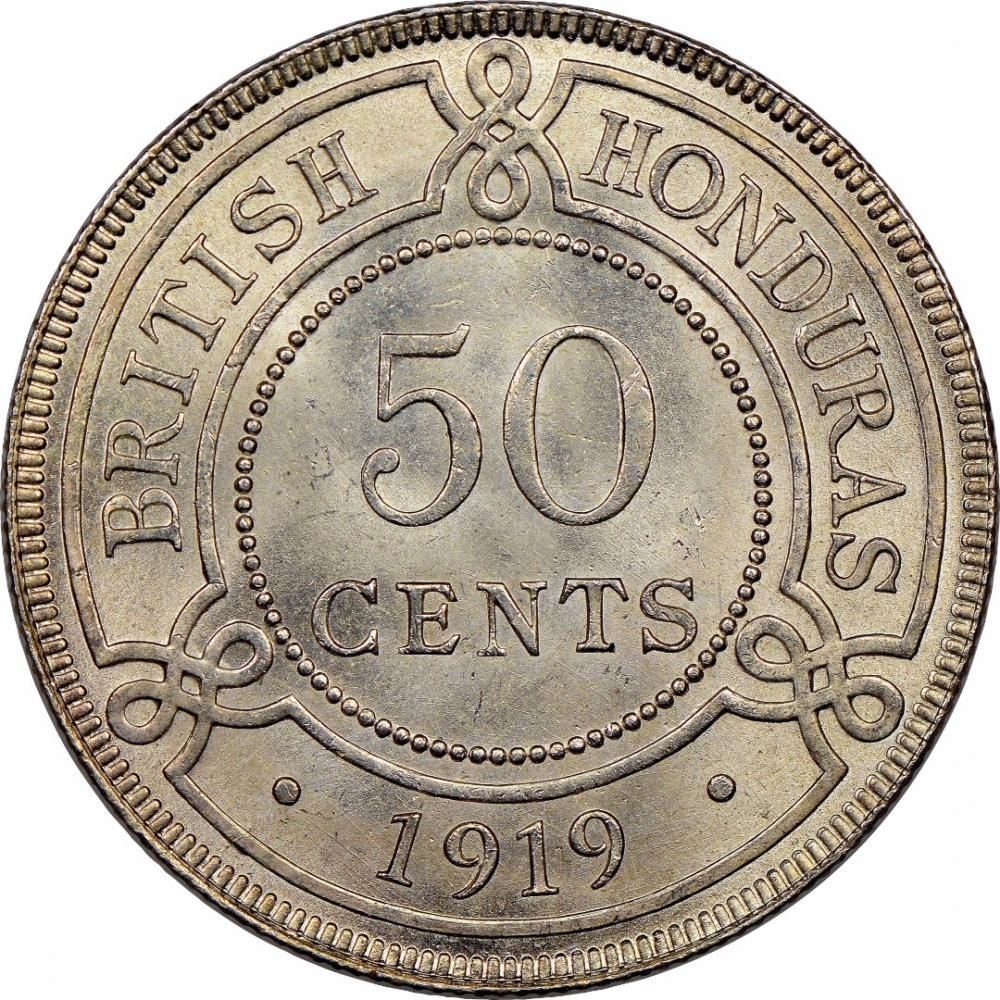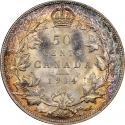You are about to finish your registration. Please check your mailbox (including spam folder). There should be a letter with a confirmation link. Check setting to make sure that your e-mail address is correct.
Send letter againDescription
British Honduras was the name of a territory on the east coast of Central America, south of Mexico, after it became a British Crown colony in 1862. In 1964 it became a self-governing colony. The colony was renamed Belize in June 1973 and gained full independence in September 1981. British Honduras was the last continental possession of the United Kingdom in the Americas.
George V (1865–1936) was King of the United Kingdom and the British Dominions, and Emperor of India, from 6 May 1910 until his death in 1936. He succeeded his father Edward VII in 1910. He was the only Emperor of India to be present at his own Delhi Durbar. His reign saw the rise of socialism, communism, fascism, Irish republicanism, and the Indian independence movement, all of which radically changed the political landscape. In 1917, George became the first monarch of the House of Windsor, which he renamed from the House of Saxe-Coburg and Gotha as a result of anti-German public sentiment.
Obverse

|
Crowned and robed bust of George V facing left; below bust in small lettering the artist's initials B.M. · GEORGE V KING AND EMPEROR OF INDIA • |
|---|---|
Reverse

|
Denomination within circle, date below. BRITISH HONDURAS |
| Edge |







